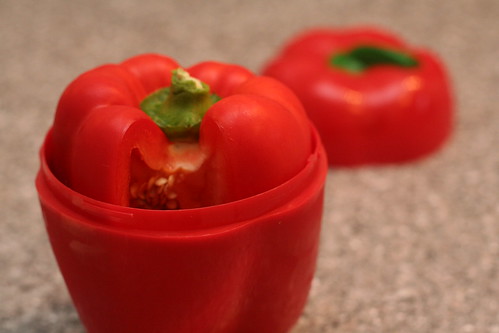In case you missed the big news, Massachusetts is set to ban commercial food waste from landfills by 2014. I included it in Friday’s post, but it deserves its own space.
The new regulations would herald a major change–a few cities have similar rules on the books, but no state does. The ruling would prompt businesses and commercial kitchens to approach food differently, hastening food waste reduction.
 And the news gets even better–there are plans to expand the ban to household food waste by 2020.
And the news gets even better–there are plans to expand the ban to household food waste by 2020.
Before this change occurs, the composting and biogas infrastructure need work. But a guaranteed flow of food waste business–an additional 350,000 tons of clams, cranberries, etc. per year–should prompt new facilities.
There have been a few expressions of concern, mostly on the cost for restaurants. While that’s to be expected, this should be a universal (or global) win. Given the expensive Mass. landfill rates of $60-90 per ton (national average is $45), finding alternative uses for food should be cheaper, in addition to environmentally preferable.
One thing that remains a mystery–is this a done deal? Or can lawmakers screw it up? The Globe article indicates the former. Let’s hope so!

